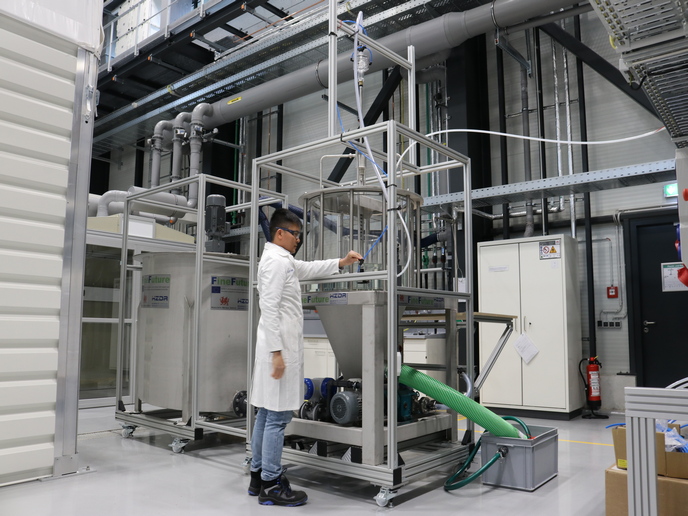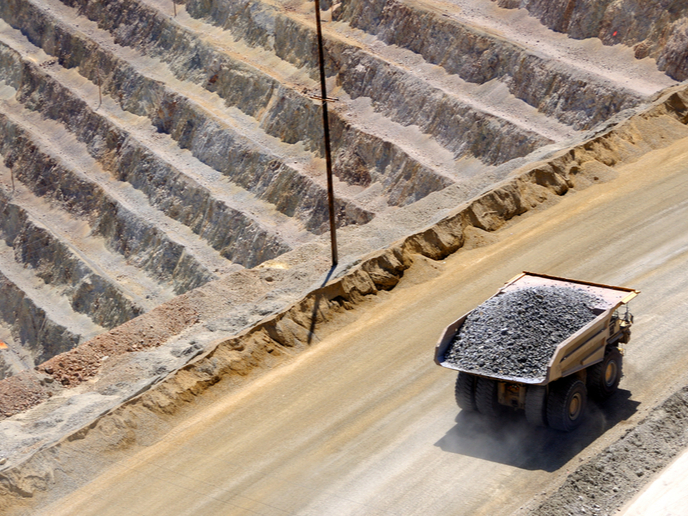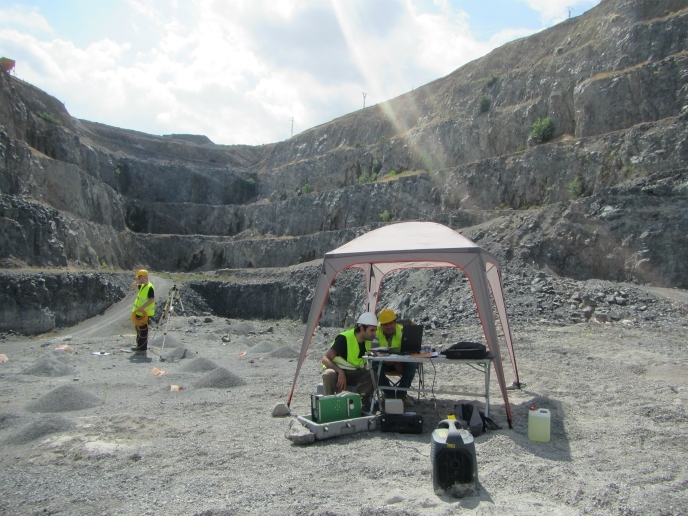Europe’s rare earth element deposits protect EU industry
The EU-funded EURARE project set up the basis for developing a viable and sustainable European REE extraction industry to safeguard the uninterrupted supply of REE ores and products vital to the EU economy. “The initiative brought together researchers from geological surveys, academia, consultancies and industry to provide a holistic approach to the European rare earth supply chain,” says project coordinator Prof. Ioannis Paspaliaris. A key challenge facing EURARE is that European REE ores are of a poor grade and of complex minerology compared to the ores used in REE production outside of Europe. New technologies are needed for improving their economic value (beneficiation) and extraction (leaching). Project partners carried out detailed geological field and laboratory work to identify several REE deposits across Europe. “Mineral concentrates obtained from deposits in Sweden and Greenland, plus ore from Norway and bauxite residue from Greece were tested from the laboratory to the pilot scale by using both conventional and innovative metallurgical processing,” explains Prof. Paspaliaris. Innovative technologies enhance processing The team developed novel technologies with greater efficiency and selectivity in various steps of metallurgical processing, from ore beneficiation to metal production. A road map for sustainable REE production in Europe was also drawn up, which includes an evaluation of the environmental benefits and risks of the EURARE technologies. Researchers studied the mineral concentrates produced for leaching and separation, producing innovative technologies like silicate fuming, ionic liquid leaching, split anion separation and nanoparticle based REE separation. Conventional and innovative technologies were also studied for REE metal production. In addition, project partners combined geographical, mineralogical and technological data to create an online, open access database, the Integrated Knowledge Management System (IKMS). To date the EURARE dataset in the IKMS contains data for 156 REE occurrences across Europe. The balance between demand and abundance Data gathered as part of the European REE Market survey has highlighted key issues such as the ‘balance problem’ between demand and natural abundance of REE. “It has been used to aid the development of a method for assessing REE demand, which is of particular importance for European policy makers,” states Prof. Paspaliaris. Accessing these resources will provide long-term benefits for Europe’s high-tech sector by increasing knowledge of mineral resources and technological solutions from ore to metal, thus boosting Europe’s domestic mining sector. The project will also increase expertise by training new engineers and establishing a new course in metallurgy. EURARE activities will stimulate more cost-effective and resource-efficient extraction processes compared to the current state-of-the-art, while focusing on health, safety and social issues. “The IKMS and the new sustainable technologies developed by the project may also be applied to other technologically important metals and the waste valorisation of industrial by-products,” Prof. Paspaliaris concludes.







